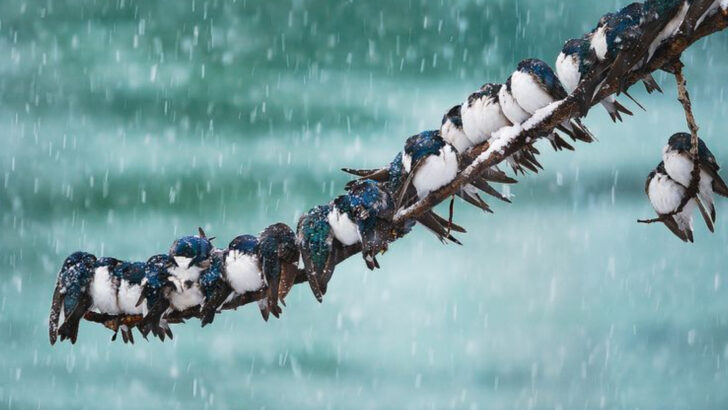Your weather app might crash.
Your radar might lie.
But a frog perched on a fencepost? That’s a forecast you can trust.
Long before satellites ruled the skies, animals were already tuned into nature’s secrets.
They feel the shift in pressure.
They hear the storm before we see it.
They move—and we’ve been watching for centuries.
From birds dropping low to bees vanishing before the rain, some creatures can outwit our smartest gadgets without ever touching a screen.
It’s not magic. It’s instinct.
Refined through time.
Taught by survival.
So before you check your phone, look around.
Nature might already be whispering tomorrow’s weather in a chirp, a croak, or a twitch of a tail.
Let’s meet the 12 wild experts quietly outsmarting modern tech—one forecast at a time.
Frogs
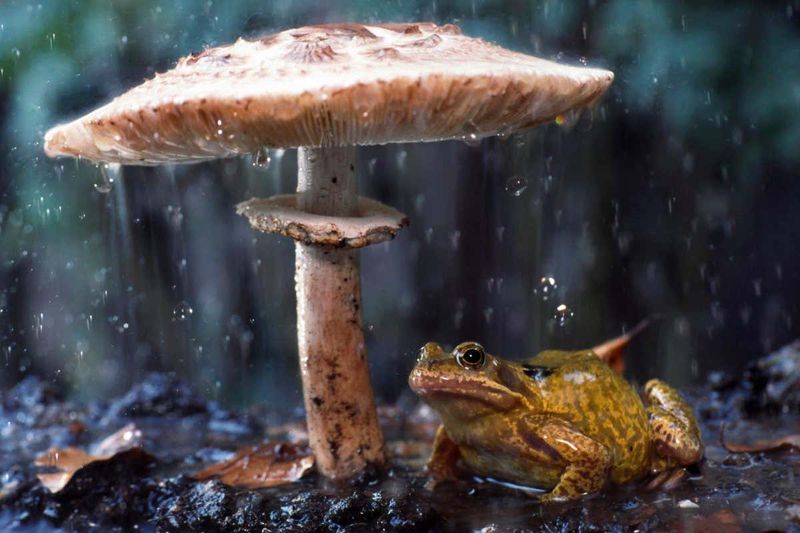
Ever noticed how frogs suddenly start croaking before a rainstorm? These amphibians are nature’s barometers. A frog’s skin is highly sensitive to humidity and pressure changes, making them an excellent predictor of rain. When the air becomes more humid and the atmospheric pressure drops, frogs begin to croak more frequently. Their choruses are not just for attracting mates but also serve as a signal that rain is imminent. Listen carefully the next time you hear frogs; they might be telling you to grab an umbrella!
Ants
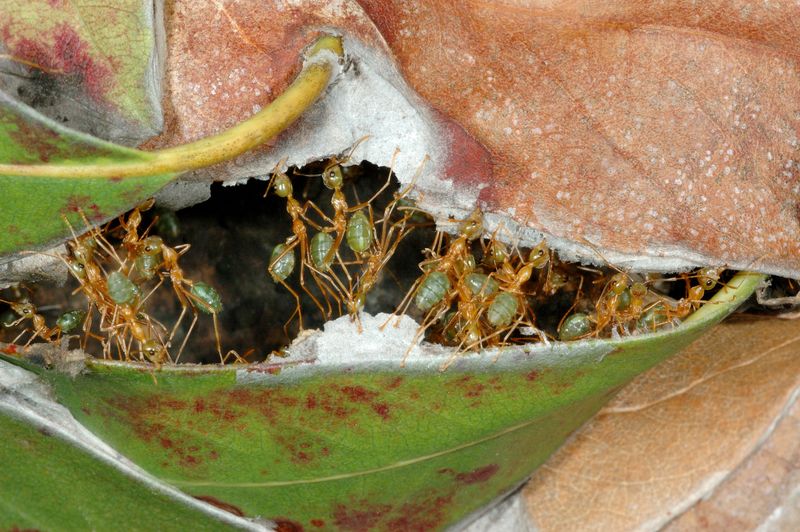
Ants are known to be industrious, but did you know they can also forecast the weather? When ants sense an approaching storm, they modify their behavior and increase activity around their nests. They are observed building up the mounds around their homes to protect against flooding. This anticipatory action is due to their sensitivity to humidity and pressure changes. So, if you see ants busily fortifying their nests, it might be a good idea to prepare for a storm yourself!
Swallows
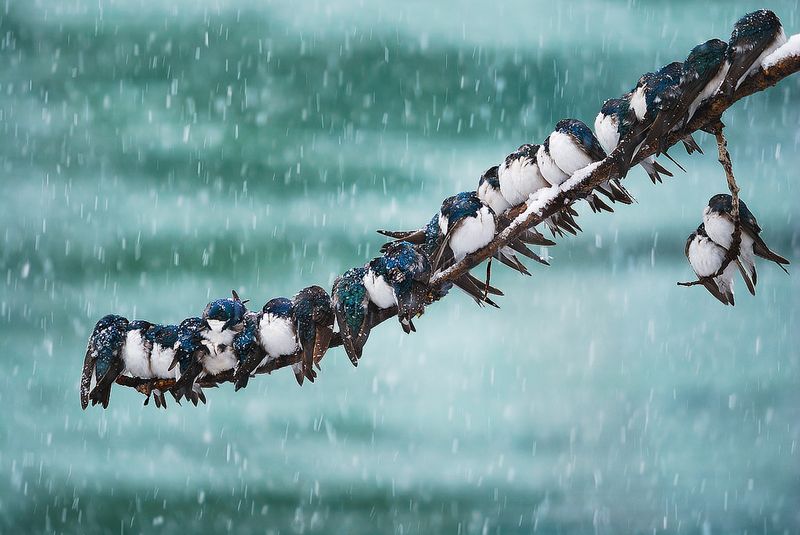
Swallows are not just graceful flyers; they are adept weather predictors. Before a rainstorm, these birds are often seen flying low to the ground, catching insects. This behavior is due to the drop in air pressure, which affects insect flight patterns, forcing them lower. Swallows follow suit to catch their prey. This natural phenomenon makes swallows an excellent indicator of approaching rain. So, if you see these birds swooping low, it might be wise to carry an umbrella!
Cows
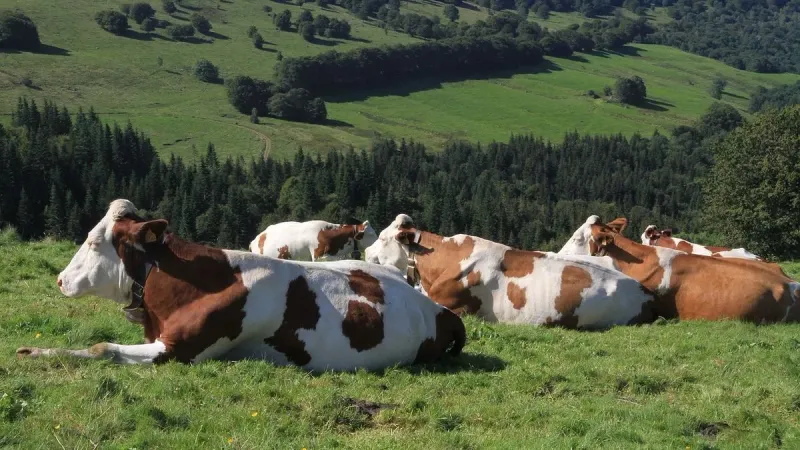
Cows lying down in a field is more than just a resting posture—it might be a weather signal. Farmers have long observed that cows tend to lie down when bad weather approaches. The theory is that cows are sensitive to drops in atmospheric pressure and lying down conserves body heat. This behavior is often noticed before rain or storms. So, if you see a pasture full of reclining cattle, you might want to check the weather forecast!
Bees

Bees are diligent workers, but their activity can also signal impending weather changes. Before a storm, bees often return to their hives, minimizing their activity outside. This behavior is believed to be triggered by changes in atmospheric pressure and humidity, which bees can detect with precision. When bees are suddenly less active or seem to be swarming around their hives, it could be a sign that rain or a storm is on the way. Keep an eye on bee activity to gauge weather changes!
Crickets
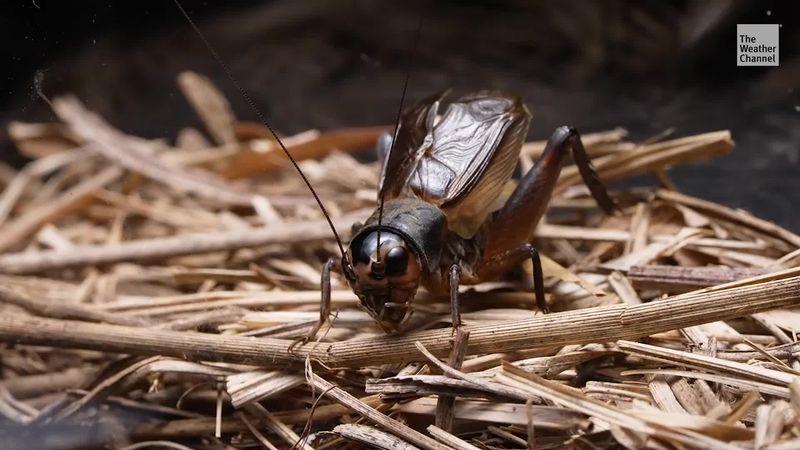
Crickets are well-known for their chirping, which can also serve as a weather indicator. The frequency of a cricket’s chirp is affected by temperature; as the temperature rises, so does the rate of chirping. This relationship is known as Dolbear’s Law. An increase in chirping rate often occurs before warmer weather or rain. By counting the number of chirps in a set period, you can estimate the temperature. Next time you hear crickets, consider it nature’s thermometer!
Spiders

Spiders are solitary creatures, but their web-building behaviors can indicate changes in the weather. Before rain, spiders tend to build their webs higher off the ground, likely to protect the silk from moisture. Their ability to sense shifts in humidity and air pressure helps them adjust their web-building strategies. Observing spider webs can provide clues about upcoming weather conditions. If you spot a spider constructing a high web, rain might be on its way.
Seagulls
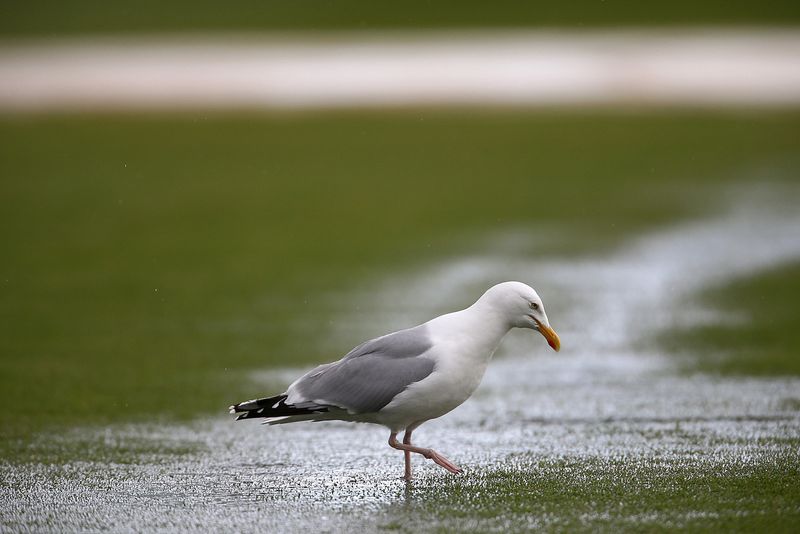
Seagulls are often seen as coastal nuisances, but they have an uncanny ability to predict weather changes. When a storm is brewing, seagulls tend to seek shelter on land, often in large flocks. This behavior is linked to their sensitivity to changes in air pressure and wind patterns. Observing seagull gatherings can be a natural indicator of an impending storm. Keep an eye on their movements the next time you’re by the coast.
Cats
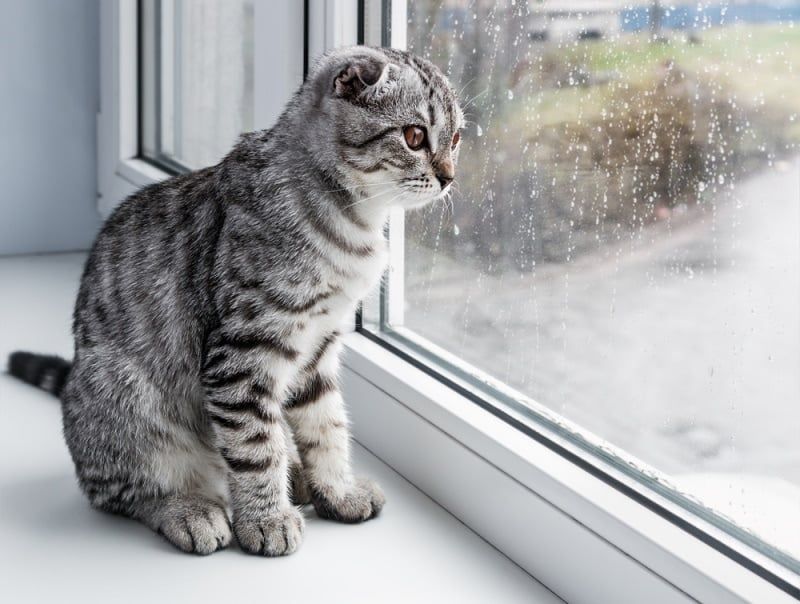
Cats may appear aloof, but they are surprisingly sensitive to weather changes. Their grooming habits can serve as a weather indicator. Before a rainstorm, cats are often seen cleaning behind their ears more frequently. This behavior is thought to be linked to their ability to sense changes in humidity and pressure. It’s an old wives’ tale, but with some truth behind it. If your feline friend is grooming more than usual, it might be wise to bring an umbrella!
Ladybugs
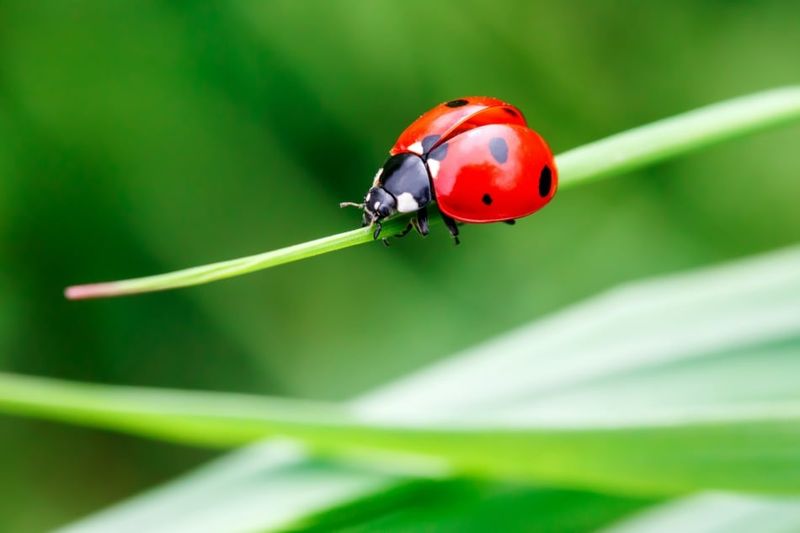
Ladybugs are beloved garden insects with a knack for weather prediction. Before rain, ladybugs often seek shelter, closing their wings tightly. This behavior is believed to be a response to changes in humidity and atmospheric pressure. Gardeners have observed that when ladybugs become less active, rain is likely on the way. These colorful beetles’ behavior offers a charming way to anticipate weather changes. If you see ladybugs huddling and closing their wings, it could be time for raincoats.
Earthworms
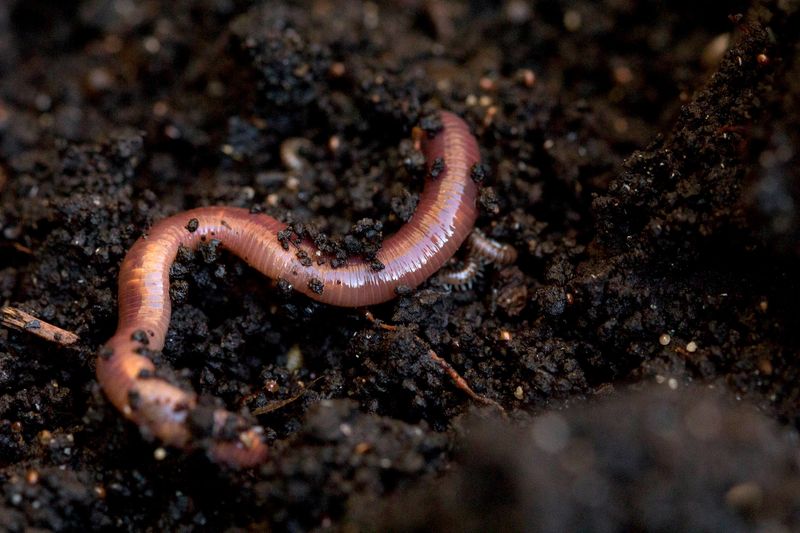
Earthworms are more than just garden helpers; they can also indicate weather changes. After heavy rain, earthworms often come to the surface, responding to the saturated soil. Their presence above ground can signal ongoing or recent rain. This behavior is driven by the need to avoid drowning in waterlogged soil. If you see earthworms on the pavement, it might be a sign that rain has just fallen or more is on the way. Keep an eye on these subterranean creatures!
Dragonflies
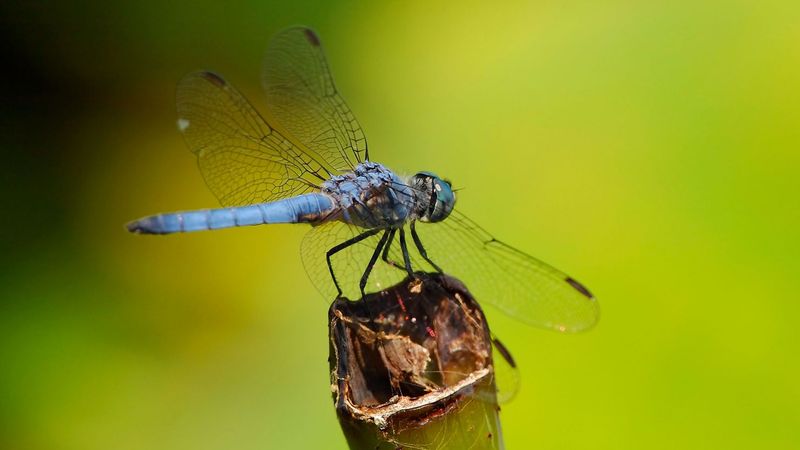
Dragonflies are renowned for their agility in flight, but they also possess weather-predicting capabilities. Before a rainstorm, dragonflies are often seen flying lower to the ground. This is due to changes in air pressure that affect their prey, such as mosquitoes, causing them to fly lower as well. Dragonflies follow their food sources, making their low flight a natural indicator of impending rain. Observing dragonflies can offer a glimpse into the approaching weather conditions.

